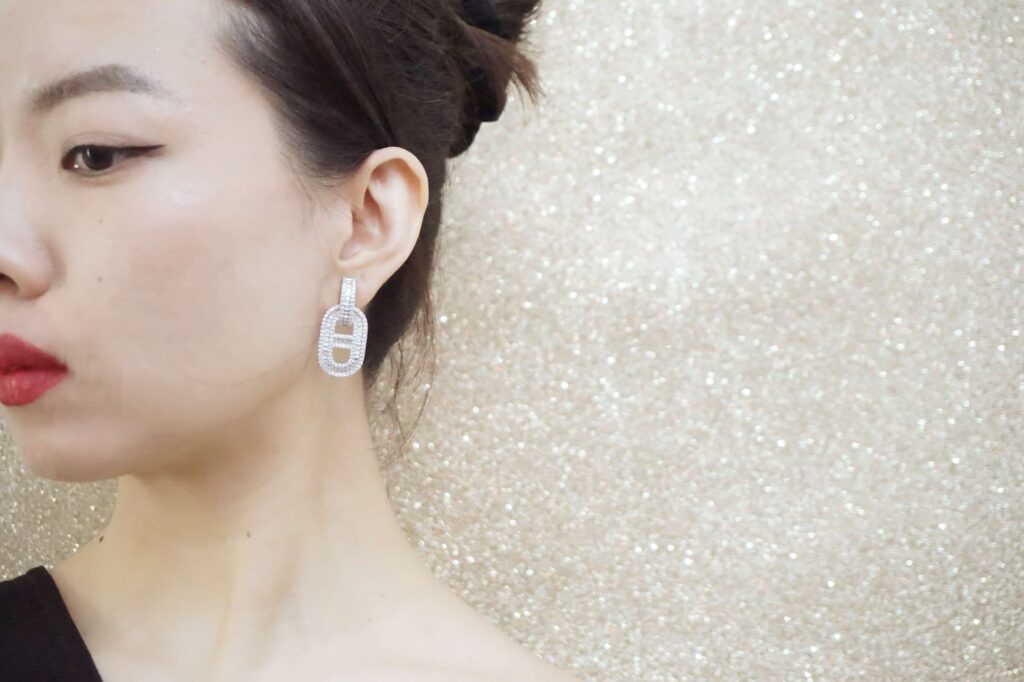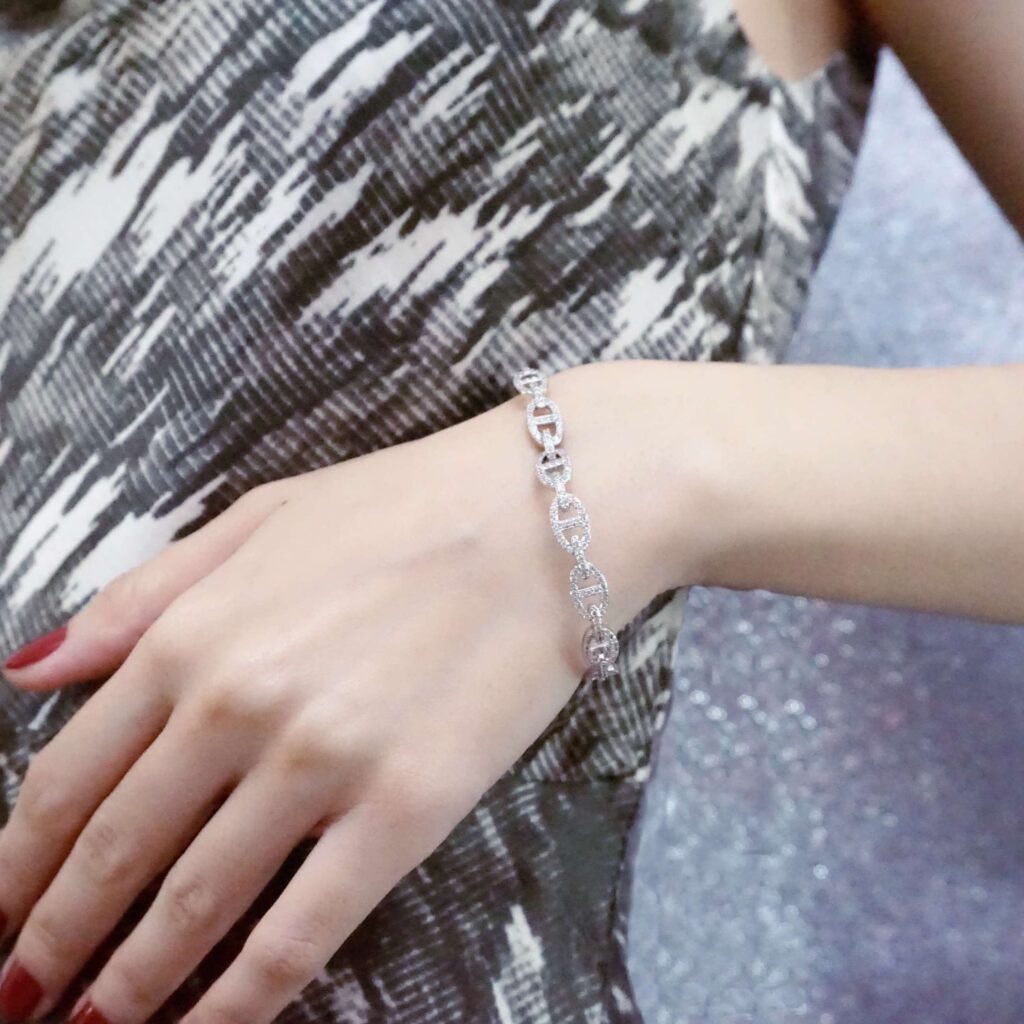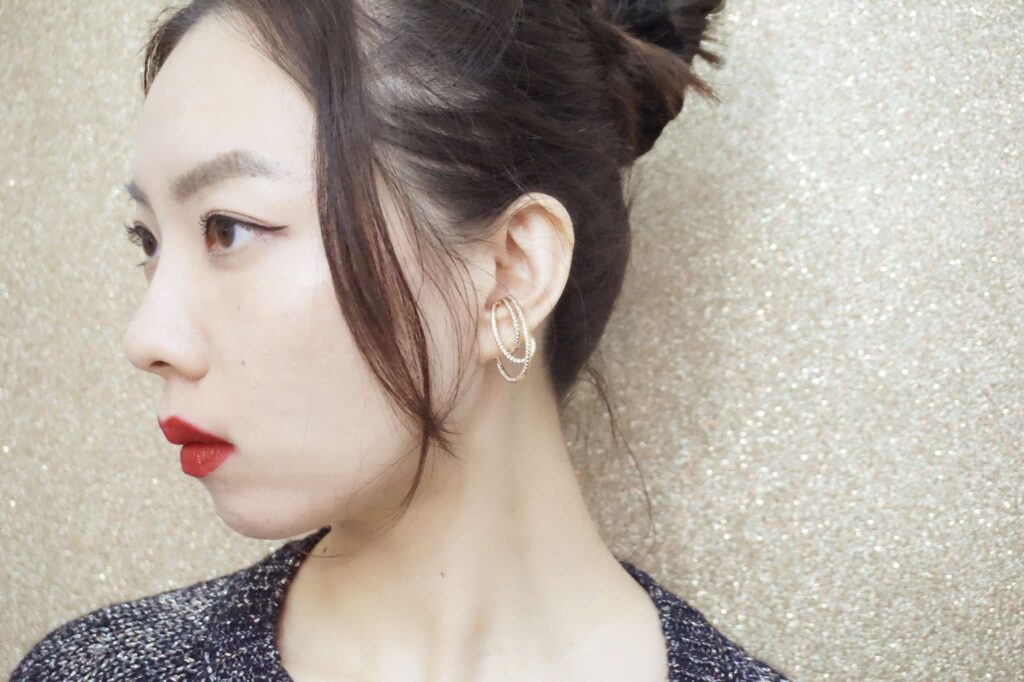4 Most Popular Hypoallergenic Metals for Sensitive Skin in 2023
If you have metal sensitivity, finding jewelry made of hypoallergenic metals will be comfortable for your skin. Jewelry shopping can often be difficult because it’s hard to determine if you’re allergic to materials. Keep reading and find out the most popular hypoallergenic metals for sensitive skin.
Hypoallergenic Metals for Sensitive Skin
Many people think of “hypoallergenic” metals as those that are completely allergen-free – unfortunately, this is wrong. Similarly, many people consider nickel-free jewelry to be synonymous with hypoallergenic metals. The term “hypoallergenic” refers to materials that are unlikely to cause an allergic reaction. Hypoallergenic metals, in turn, are those that contain “mild” or “below-normal” allergens. However, they can still cause allergic reactions, although rarely. People with sensitive skin still have a wide variety of hypoallergenic metals to choose from when it comes to daily wear.
Platinum
Platinum is a soft white precious metal, which means that it is quite expensive in the jewelry market. It is denser and rarer than gold. Therefore, its price is high. Typically, jewelry manufacturers use it as an alloy of 90%-95% pure platinum and 5% iridium, palladium, or ruthenium because they are also hypoallergenic metals. Platinum is very durable because it lasts for generations without fading or plating, making it perfect for family heirlooms. Unlike gold, it is also scratch resistant.

18K Yellow Gold
The least allergic metal in the gold family is 18K gold. It is more hypoallergenic than white gold and consists of 18 parts gold (75%) and 6 parts alloys, usually silver and copper. Pure gold contains 24kt, which means it has 24kt in 24 parts. As we age, 18K gold retains its color. This gold is now the first choice for ring manufacturers. It is denser and harder than 14k gold, which ensures its durability when wearing jewelry daily. This hypoallergenic metal has an effortless luster. It complements other gemstones in your jewelry and is suitable for mixing with various colors such as red, blue, and green.
Sterling Silver
Sterling silver contains 92.5% sterling silver and 7.5% other metals, such as copper. It is also hypoallergenic. Although they are not suitable for daily wear. They are rhodium-plated to prevent discoloration. Before buying a ring made of sterling silver, you must determine that the other metals in the alloy are hypoallergenic to prevent allergic reactions to the skin over time.

Stainless Steel
Various grades of stainless steel alloys are available around the world. In the jewelry industry, it is usually stainless steel made of 0.045% phosphorus, 0.03% sulfur, 0.75% silicon, 0.1% nitrogen, and 2% manganese. This stainless steel alloy is durable, strong, and hypoallergenic. Likewise, it does not fade easily and is very versatile because it can be made into various designs. Also known as surgical stainless steel, this metal is a popular choice for body and fashion jewelry.
Despite their unique and robust properties, some stainless steel alloys used to make jewelry contain non-hypoallergenic metals such as nickel and lead. So if you have nickel sensitivity, stainless steel will also bother you. Also, because of the robustness of stainless steel, it is not very suitable for making delicate jewelry.
Metals to Avoid if You’re Sensitive
Nickel
Nickel is a common allergen for many people with sensitive skin. It’s a commonly used metal in fashion jewelry because it’s inexpensive. Typically, it is part of an alloy combination such as nickel-silver or nickel-copper. These are often mixed with other metals to reduce costs.
Chromium
Like nickel, chromium is a very common metal allergy. It is also a very common metal used as an alloy in fashion jewelry. Most jewelry that contains nickel may also contain chromium, so you need to avoid all jewelry that uses base metals or alloys.

FAQs
Is Rose Gold Plated Hypoallergenic?
Rose gold is a mixture of pure gold and copper alloys, and you will find several other color varieties under the rose gold category, such as pink and red gold. The higher the copper content, the redder rose gold jewelry you will have. The presence of copper in rose gold alloys makes jewelry allergic. So, despite the durability (compared to white gold and gold), if you are allergic, especially if you are allergic to copper, the affordability, its talent, and the fact that it does not require any rhodium-plated rose gold jewelry may not be the best option for you.
Discovering which metals make your skin react is a worthwhile task. Always read the label and find out the metal composition in the jewelry. With many hypoallergenic ring options, you can easily find jewelry that suits your personality and lifestyle.
